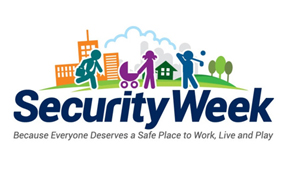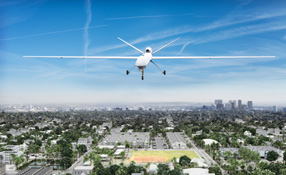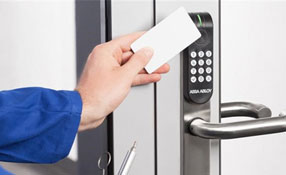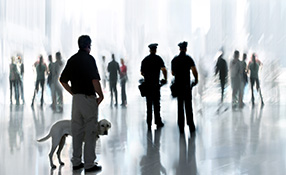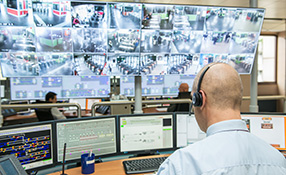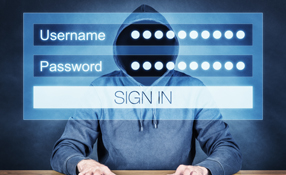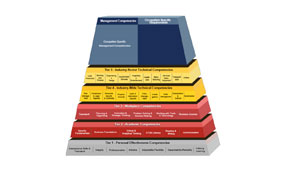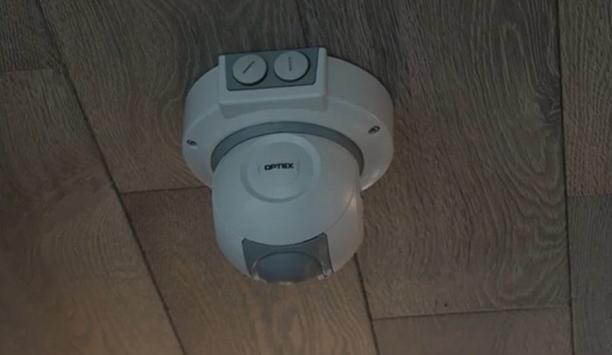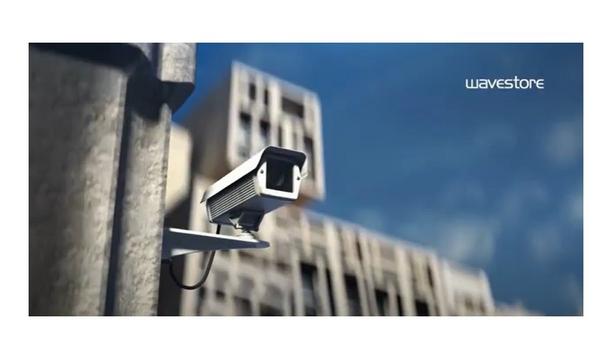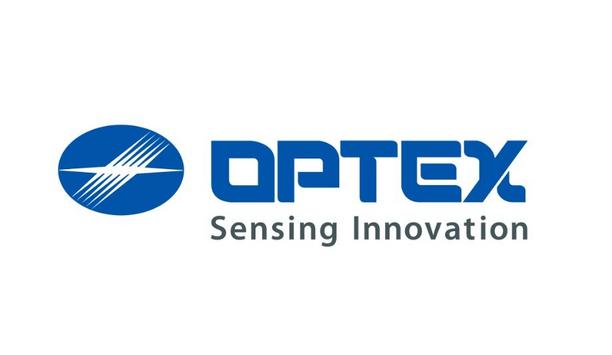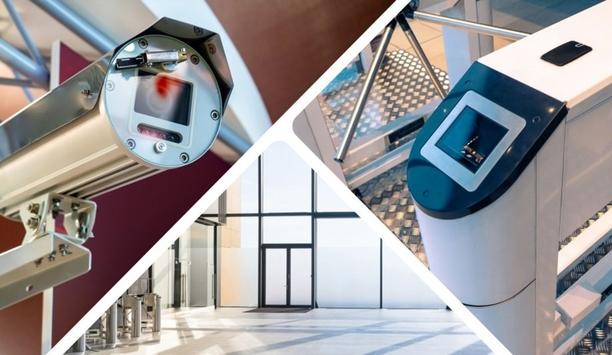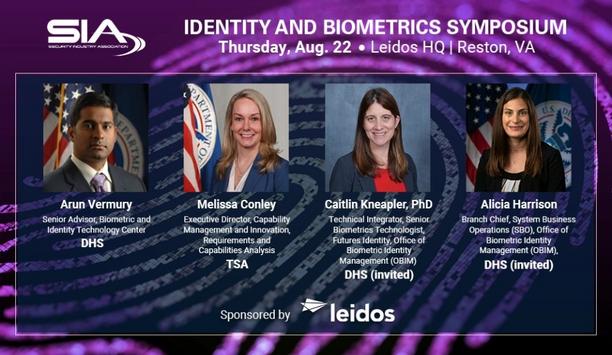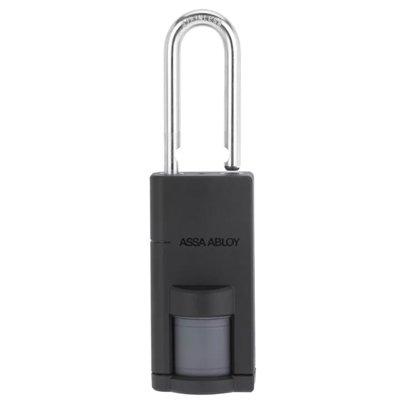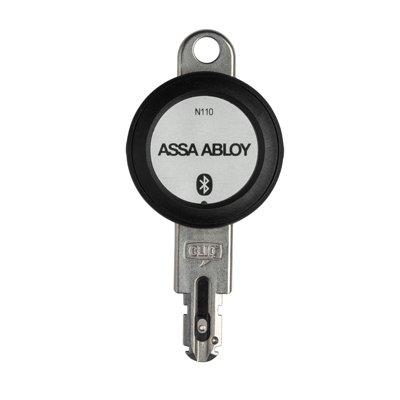 |
| It’s important for everyone in a high school to wear an ID |
Handwritten check in and check out books fail to alert the security risks posed by individuals on school campuses. Installing visitor management systems is imperative to screen and manage visitors and thereby enhance the level of safety in schools. However, it takes training and practice to use school visitor management technologies effectively.
Security technologies can go a long way toward making K-12 schools safer — as long as everyone has had appropriate training in the use of those technologies and as long as everyone continues to receive appropriate refresher training.
Everyone? Yes. And remember: everyone needs appropriate training. Several people need complete training. Others need some.
“We have to ensure that school security technologies are used effectively in our K-12 schools,” says Paul Timm, president of Lemont, Ill.-based RETA Security, a security-consulting firm with a specialty in K-12 schools.
Consider visitor management technology. More and more schools are installing visitor management systems to control who can and cannot get into the building.
Visitor management begins with signs that direct visitors to a visitor’s entrance, usually the front entrance near the main office. The visitor’s entrance should provide an unlocked first door into a vestibule with another set of locked doors leading inside.
How a typical visitor management system works
 |
| Security technologies can go a long way toward making K-12 schools safer |
Timm describes how a typical visitor management system works to illustrate the kind of training the security officer or administrator managing the system will need.
Schools with the main office right next to the visitor’s entrance can install a window protected by bulletproof glass. A visitor will pass his or her driver’s license through the window.
If such a window is impossible, a security officer or administrator can manage visitors from inside the vestibule. If that is impossible, an intercom system with a camera will work.
In each of these three scenarios, the individual managing the system will ask the visitor’s business and check the photo against the person’s face. If the photo matches, the administrator will present the ID to a reader that checks it against the sex offender registry.
Importance of vigilant security administrator
The administrator must also know how to enter the names of visitors that must be barred. These individuals might be a non-custodial parent, a disgruntled former staff or faculty member, a violent spouse and others that may pose some kind of security risk.
If the system clears the visitor, the administrator will take an instant photo and print a visitor’s ID badge imprinted with the photo. The ID will note the visitor’s destination.
IDs for everyone
If you only train one person, your visitor management system will go offline when he or she calls in sick. You have to train enough people to make sure the system works throughout the day every day |
Timm recommends attaching the IDs to breakaway lanyards worn around the neck. “It’s important for everyone in a high school to wear an ID — teachers, students, faculty and visitors,” he says. “We recommend color-coding the IDs so that everyone can be identified as belonging to one group or another. That’s particularly important for visitor management — if you see someone without an ID badge, you will know instantly that this is a visitor that should be directed to the check-in station.”
Timm also recommends keeping the visitor’s driver’s license until the visitor checks out by returning the ID badge to the office.
All round security training a must
Several people per school should have the in depth training required to check visitors in and out properly, continues Timm. If you only train one person, your visitor management system will go offline when he or she calls in sick. You have to train enough people to make sure the system works throughout the day every day.
Students need training, too. They must learn to tell a teacher or administrator when they see someone without an ID.
Teachers and administrators also need training for managing people without ID passes.
Timm recommends approaching the person and saying: Hello, how may I help you?
Don’t ask, “May I help you,” says Timm, because it is too easy to brush off a yes or no question with something like: “No thanks.”
“How may I help you” is a question that requires an explanation. If you don’t get one, call security. If the explanation is unacceptable, call security. If you do get an acceptable explanation, explain that visitors must wear ID badges, and escort the person to the office to get one.”
The point here is that visitor management technology will help you manage and control visitors — but only if you train people to use it properly.
The same is true of access control and video surveillance technology. If you train security officers, administrators, teachers and students, the technology will help make your school safer. If you don’t, the technology won’t help.


